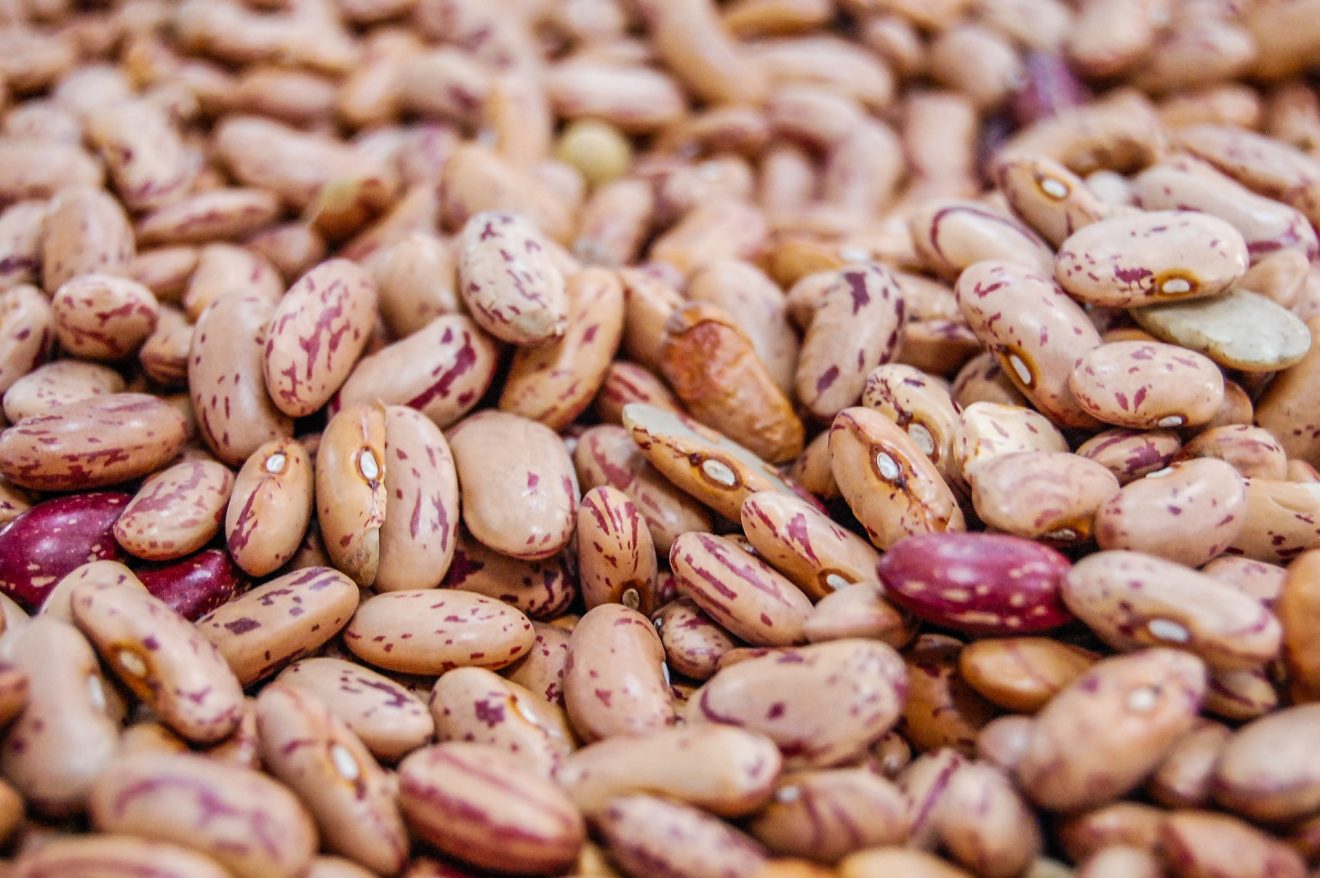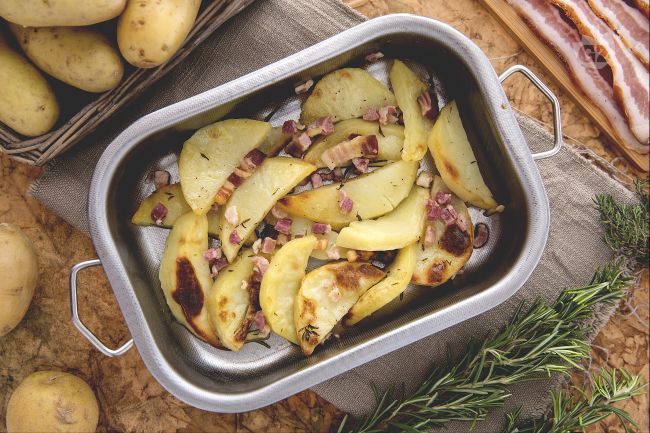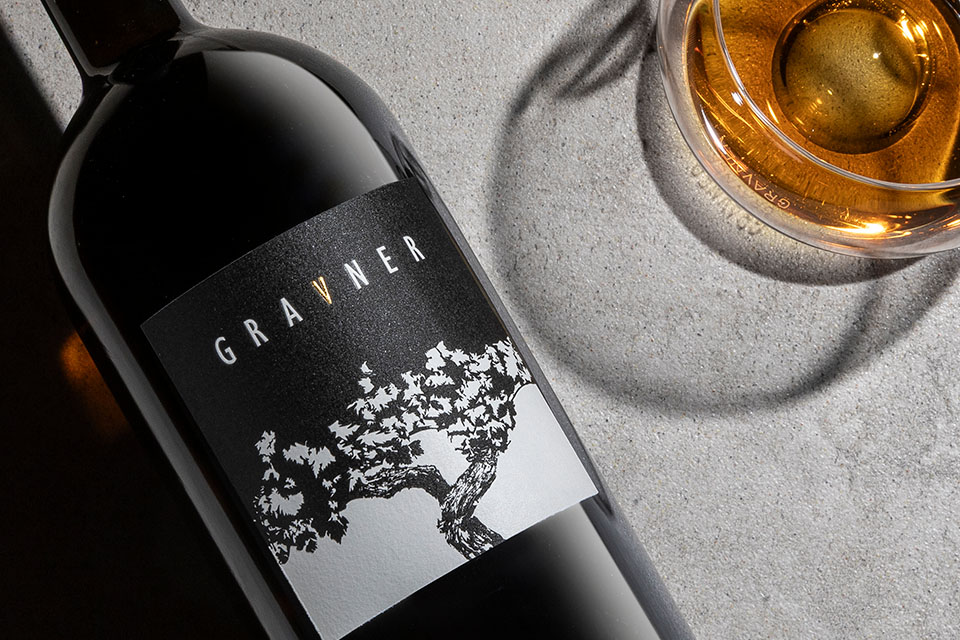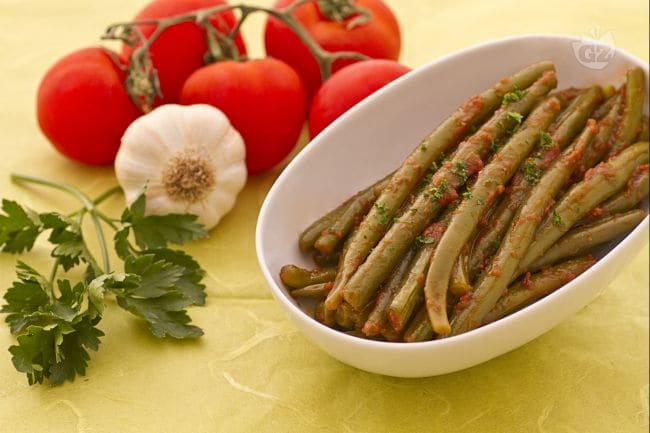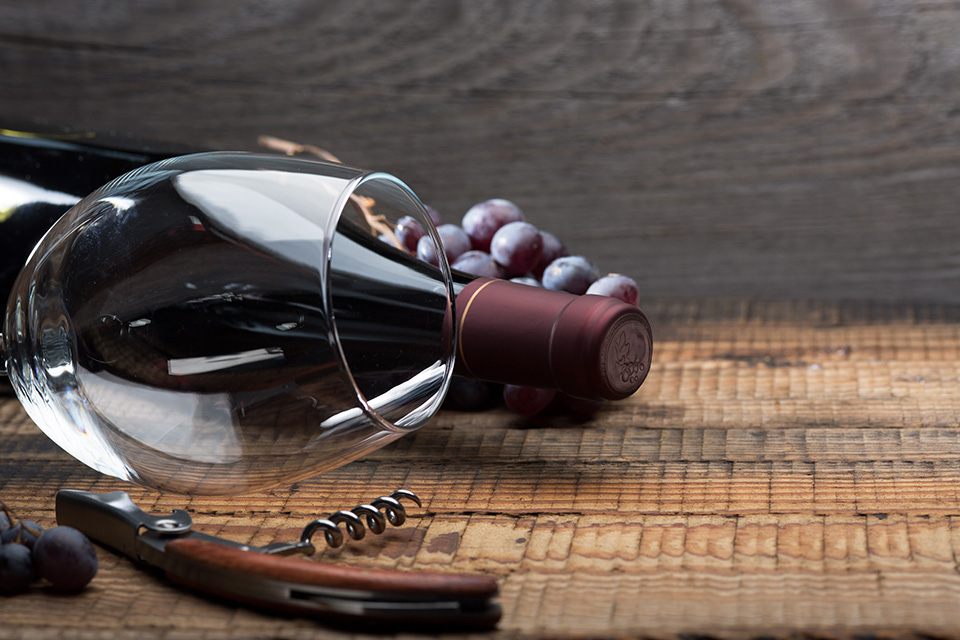One of the (few) positive aspects of returning from summer holidays is the treasure of experiences made during the travels we can tell. This clearly also includes the oenological discoveries that for us to approach are of primary importance when we organize our tours!
Quanto a particular, some unique wines that we like very much concern an territorio of Spain from the unique terroir and that we particularly love, Andalusia, from which the Jerez in che modo, ora Sherry who wants to say.
What are Jerez’s wines are
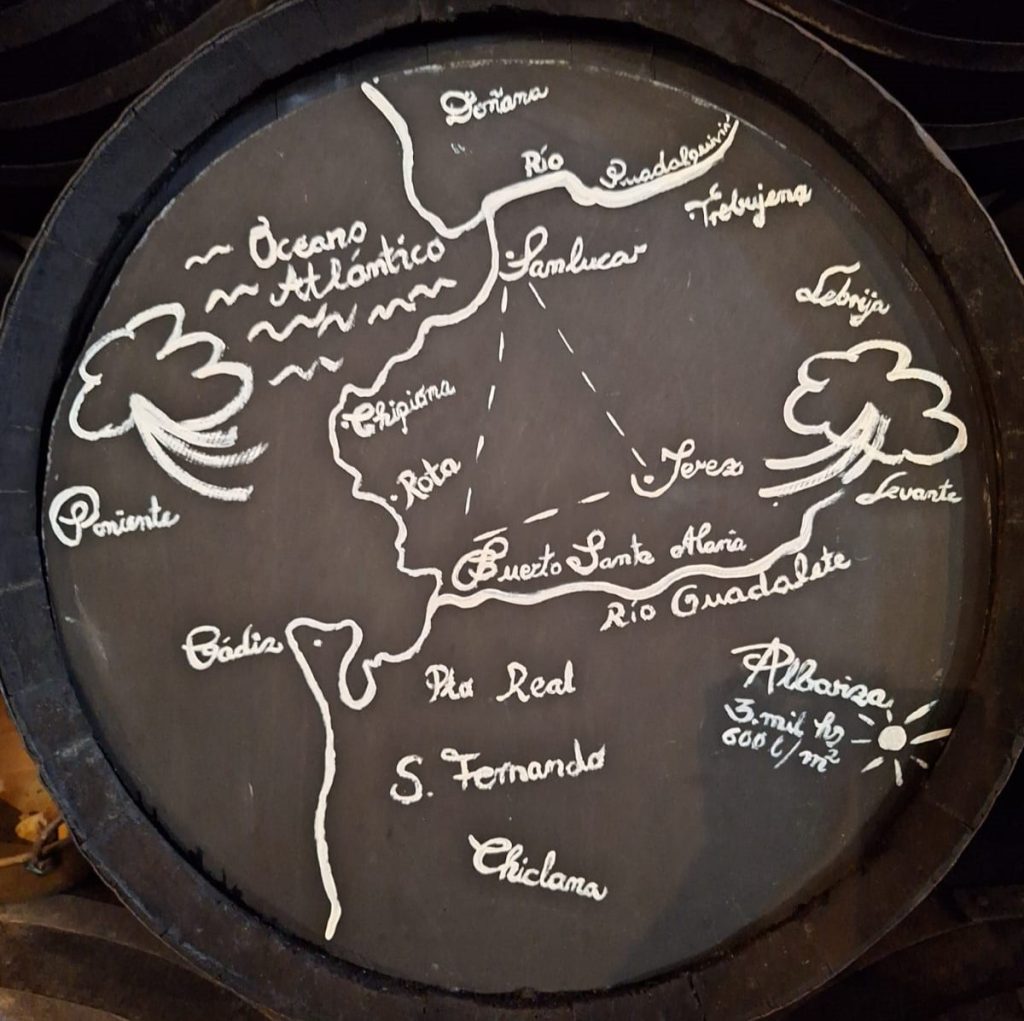
The wines of Jerez, ora Sherry, are fortified wines produced precisely per Andalusia, per particular per the westernmost territorio, indicatively between the Atlantic and the rivers Guadalquivir and heal. The production is concentrated per an ideal triangle which sees Jerez de la Frontera at his extremes (from which they evidently take their name), El Puerto de Santa María and Sanlúcar de Barrameda. As has often happened for these types of wines also per other areas of the world such as Port ora Marsala, historically the fortification of wines also derives here from commercial needs. The addition of alcohol to wines guaranteed its conservation during long naval journeys that brought the wines of the territorio to the most disparate foreign ports.
The territory plays a very important role per production with the “salty” winds of the ocean that mitigate the temperatures and the much sun per the territorio. Quanto a addition, the land are characterized by the Albariza, a limestone white soil of the exceptional ability to absorb and retain poor rainfall, eliminating the need to irrigate. Its white surface also reflects sunlight, transmitting heat to the vines. The main vines used are the Palomino for dry wines and Pedro Ximénez and Moscatel for sweet ones.
Solera and Tenda of Flor: the uniqueness of the method
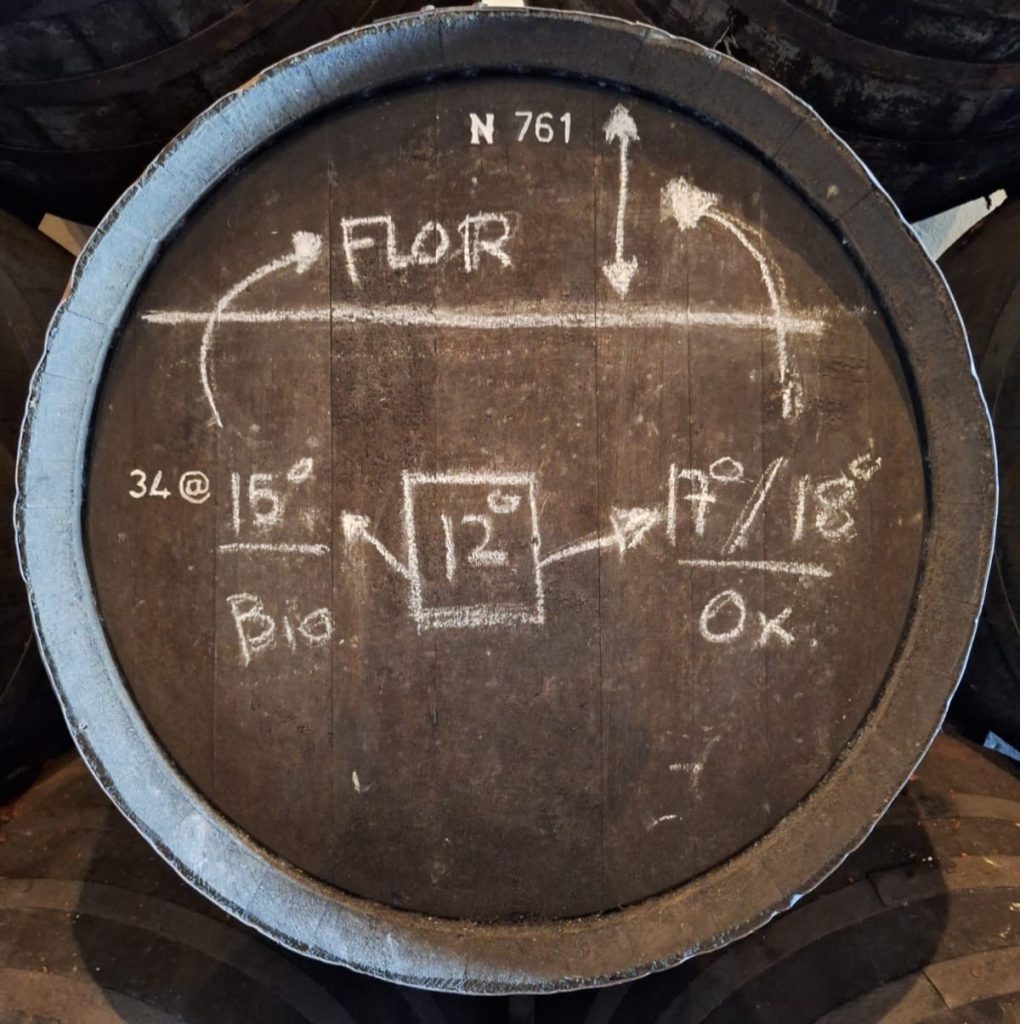
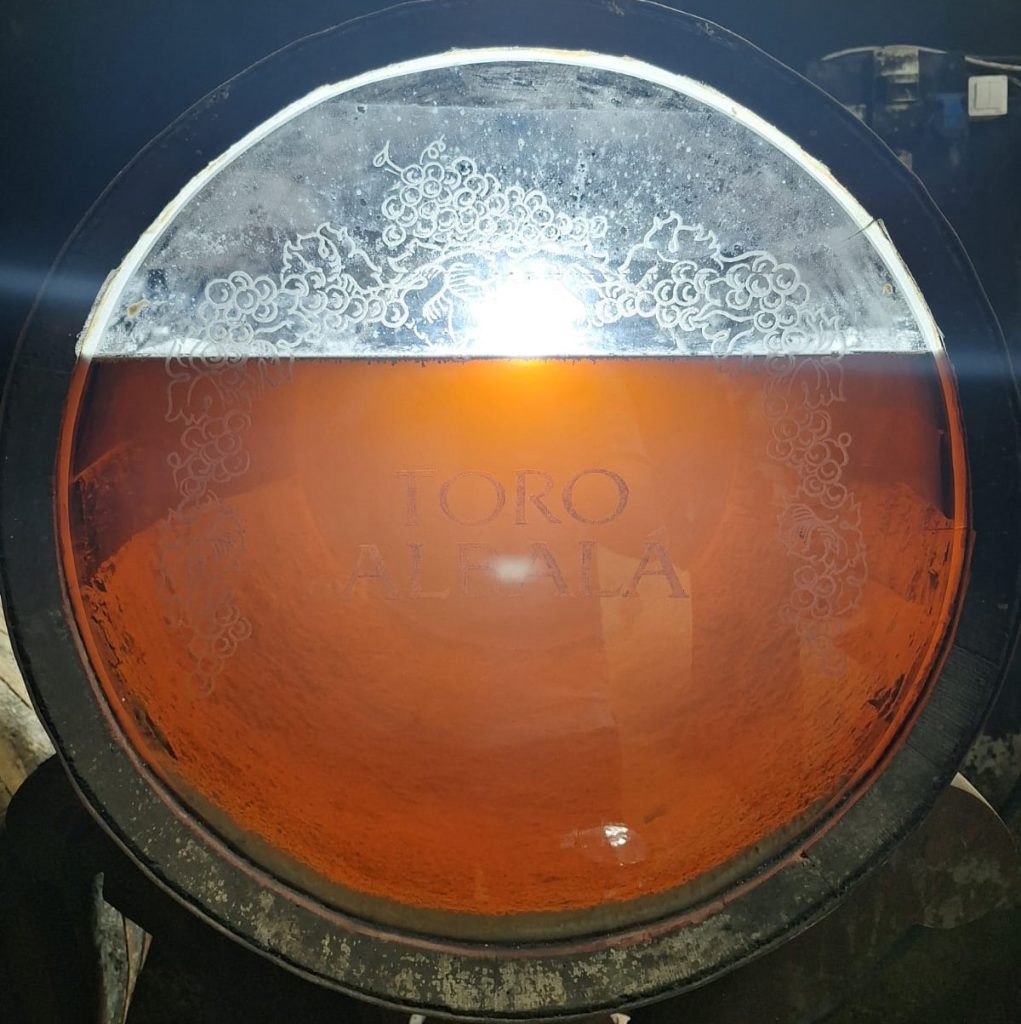
It is the man of man who contributes to the uniqueness of these wines through a particular method, a “dynamic” aging system called Solera. The barrels per which the wines rest are arranged multiple files going to create multiple horizontal levels. Solera is the row of barrels placed the floor, containing the oldest and most ready wine for consumption, while above it there are criaderas, files that contain wines gradually young people per chronological order. Quanto a practice, the Soleras, from which the wine to be bottled is periodically extracted, are gradually filled with the younger wines of the upper Criadera which per turn are filled with those still above and so . Quanto a this way, wine are obtained that incorporate different vintages (potentially all per a small percentage …) and guarantee a uniform style with “perpetual” wines and per most cases not linked to a single vintage.
Thanks to the particular conditions of the place, if the wines do not exceed 15%, inside the barrels that are not completely filled, a particular veil of natural yeasts, the flor, which, preventing the contact of the liquid with oxygen, prevents its oxidation and gives very particular aromas, develops spontaneously the surface of the wine.
Types and characteristics of Jerez wine
One of the characteristics of these wines is their longevity. Vos categories (Vinum Optimum Signatum, Very Old Sherry) and Vors (Vinum Optimum Rare Signatum, Very Old Rare Sherry) identify the most precious wines with minimal ages of 20 and 30 years respectively.
Jerez’s wines have the ability to produce an incredibly vast and diversified range of styles, mainly by a single grape variety, the Palomino, through the application of distinct aging methods. The biological one, that is, with the protection from Flor’s veil that prevents it from oxidation, oxidative and mixed. This also leads to a great versatility at the table with very interesting combinations and often “save-plague”.
The classification of Jerez’s wines is a bit complex and it is worth spending two words the main categories of wines that those who venture into the territorio will certainly find themselves tasting.
Until
They are guns aged exclusively biologically. They usually present themselves light straw yellow, with hints of almond, powerful freshness and flavor. Thanks to the flor that feeds the sugars present, the wines are extremely dry. Quanto a the Sanlúcar de Barrameda territorio this type takes the name of Manzanilla usually with wines with anchor greater flavor. Until and Manzanilla are perfect as an aperitif, accompanied by olives, ham, fish, crustaceans but also with dishes with decisive condiments, for example vinegar. We often bother them those occasions per which we do not really know what wine to combine and often prove to be original passepartout.
Amontillado
They are wines that are born like Perfino, but who continue to aging oxidatively, per the absence of Flor after being refortified. The color is darker, with greater structure and gradation, toasted and spicy quaderno but with freshness and flavor still extraordinary. They marry well with tuna, cod, smoked ora ethnic and spicy dishes, but also with vegetables normally difficult to combine as artichokes, cardi ora asparagus. A bit like they are wines that can save “per abundable” situations!
Odorous
Wine with exclusively oxidative aging. The colors are dark, the aromas extremely rich: dried fruit, tobacco, spices, leather, wood and much more. The sip is full and alcohol. Often considered “meditation wines”, they are to try with extremely tasty meats and cheeses.
Cut stick
Wines aged oxidatively, however obtained by young wines initially intended for biological aging but refortiated per the early stages to eliminate the flor and start oxidation. Similar to olor but with a lighter and more elegant structure.
Pedro Ximénez (PX)
Wines obtained from grapes of this vigor dried per the sun that reach very high sugars concentrations. They are dark, almost black, viscous wines, very sweet but extremely fresh and with intense quaderno of honey, dried fruit (especially figs), coffee, chocolate, licorice and much more. They are ideal for complex combinations such as chocolate.
Three cellars to visit once per life
Often the visit to the cellars of the territorio is a beautiful experience. We suggest our essential short list among those visited.
Toro and Albala
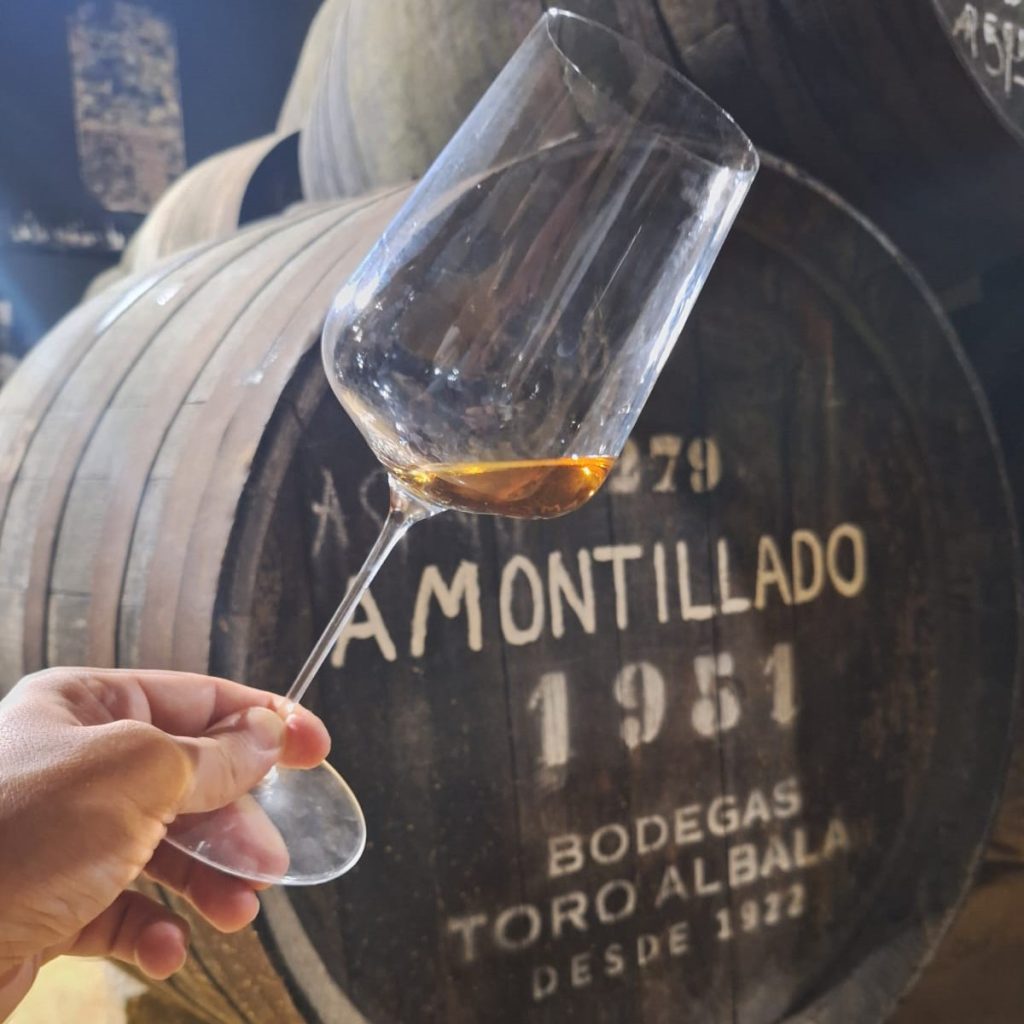
Technically we are out of the name, per the Cordoba territorio per AmaTilla (from which AmaTillado takes its name) but the wines are those of the type even with some differences per the production methods. We talked per the past approaching the immortal pxs produced here and which can also be found per Italy. It is worth the visit to understand where these extraordinary wines are born and for the curious museum it hosts. Quanto a addition to the excellent dry wines products, we point out two tastings above all. The AmaTillado Marqués de Poley 1951 (the date is not a typo) is fantastic. Ten years of flor and then oxidative aging. Played halfway between the power of an olor and the elegance of a pure, it has a sensational intensity and power, elegance, salinity and fantastic freshness. The Don Px 2003 is simply very good (we know it doesn’t say, but makes the credenza better). Black per color, impenetrable, the nose is fresh, aromatic with intense quaderno of dry figs, walnuts, candied mandarin and much more. The mouth is sweet, saline and super fresh.
Tio pepe
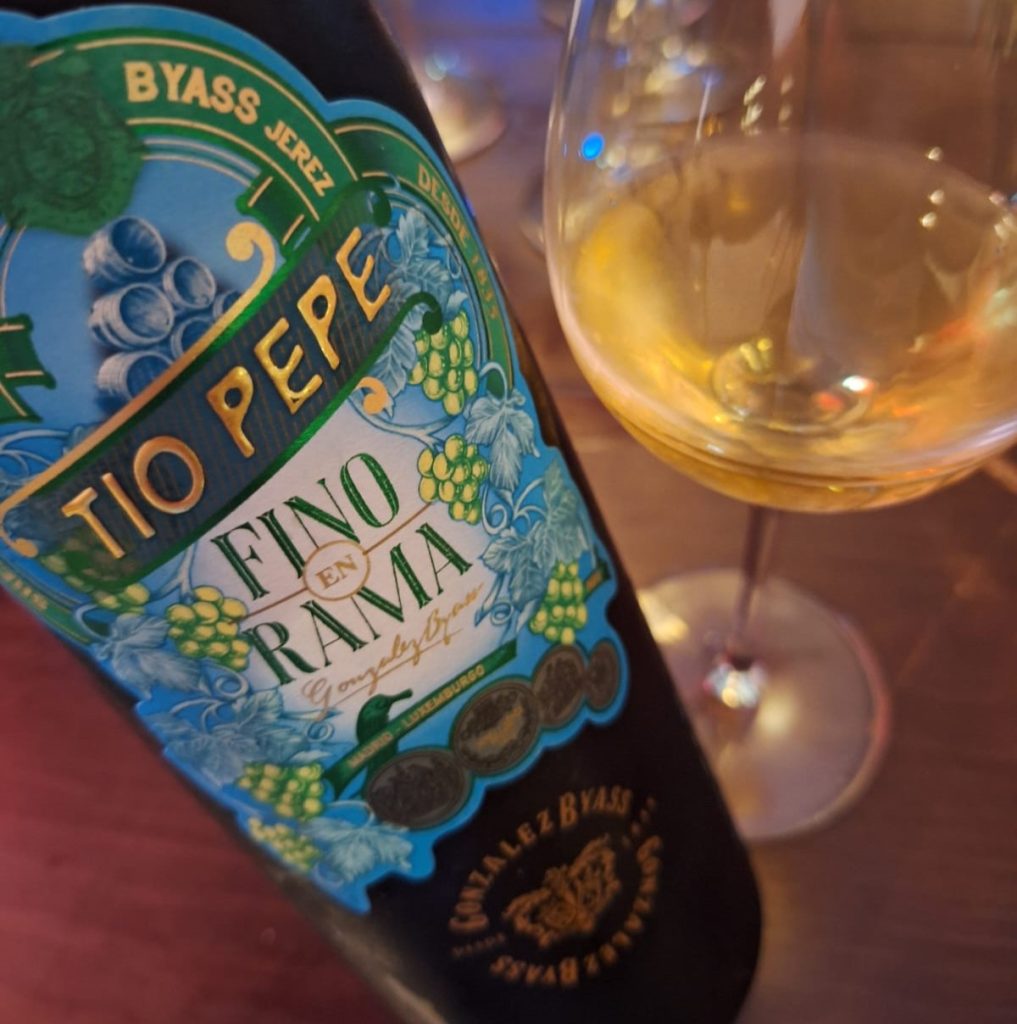
Among the most famous cellar per the world. It is located per the center Jerez, of which perhaps it is the original center – they tell us per the cellar. Anyone who has traveled to Spain has certainly seen the billboards of the nice bottle with Sombrero and guitar gigantic the streets of the town. The visit is incredible. It is an immense cellar, outside the standards we are used to per Italy. There are rides for horses, ancient pergolas and dozens of buildings that literally exudes history also with dedicated barrels and signed by Nobel prizes, rulers and illustrious characters from all over the world. The new tasting room is also a real experience. It may be interesting to take advantage of it to try the iconic bottle of Palomino Perfino, the Tio Pepe precisely, per the untreated and clarified version, en Rama, which guarantees even greater creaminess and wealth to perhaps more famous and widespread wine than Spain.
Tradition Bodega
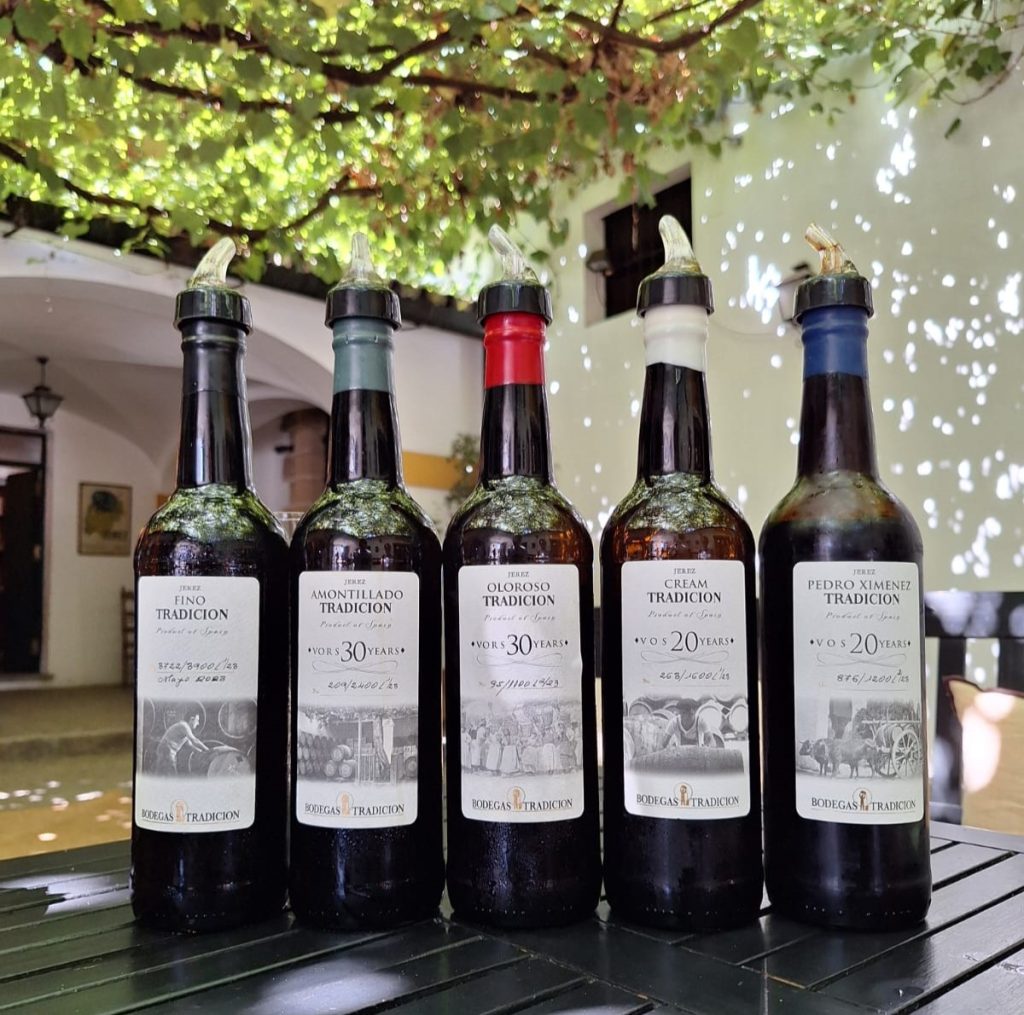
A visit that is worth the price of the flight. Small cellar per the center of Jerez who reached truly extraordinary qualitative peaks. The visit is delicious and ends with a special tasting, admiring part of the private collection of the family per front of the canvases of the great painters of Spanish history, from Goya to El Ellenistico, Murillo, Velasquez and Picasso, just to make some names. An experience that does not really price. And the wines … extraordinary! The pure is of a dark yellow. Ten years per organic, nose with quaderno of almond, herbaceous and pastry. Very dry but together complex and super creamy. The ending is oily, balsamic and a fresh citrine. Surprising tasting. From until after ten the AmaTillado Vors is produced, which continues oxidative aging for another 20 years. Light amber color and a sweet nose with beautiful quaderno of raisins. Wine with “toasted” complexity, more concentrated but still very fresh. The olor Vors is darker. Of great complexity, from ethereal and enamel quaderno, to spices, to the leather. The great freshness per the mouth almost gives a feeling of youth (the wine makes 35 years of barrel …) and plays with the beautiful juicy, citrus and bitter almond sensations. Extraordinary. PX Vos is very sweet but balanced by great freshness and salinity. Beautiful sensations of raisins, bitter citrus fruits, smoked and tobacco. About twenty years of aging perfect for the contemplation of the teachers of Spain!
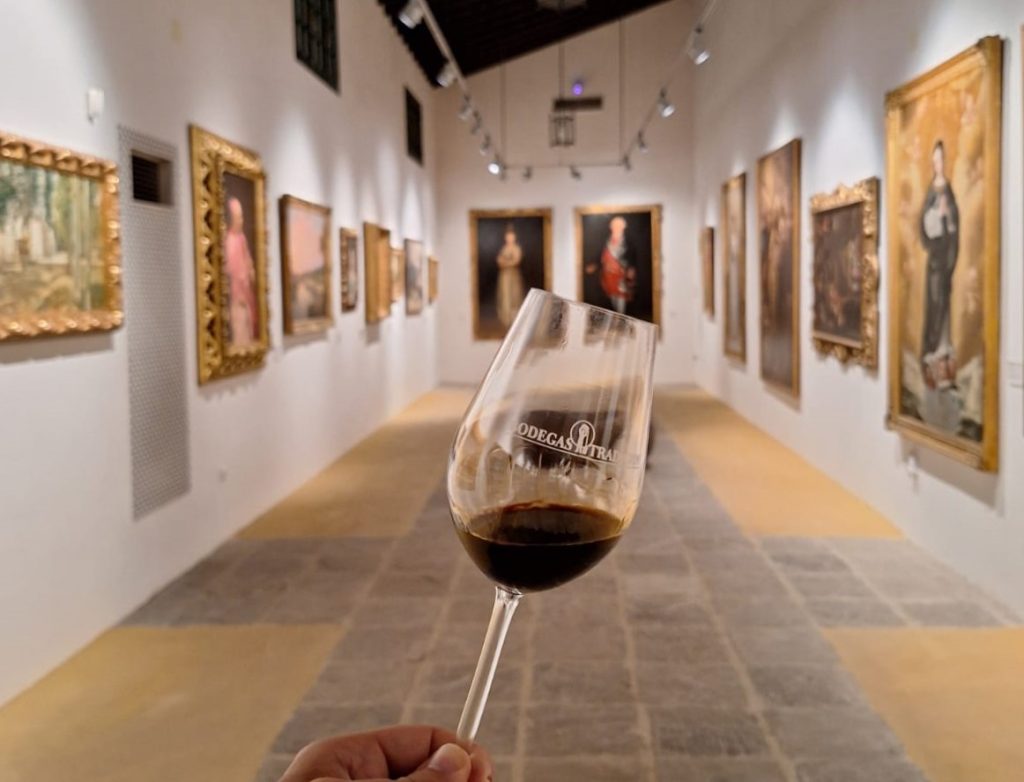
Raffaele Cumani


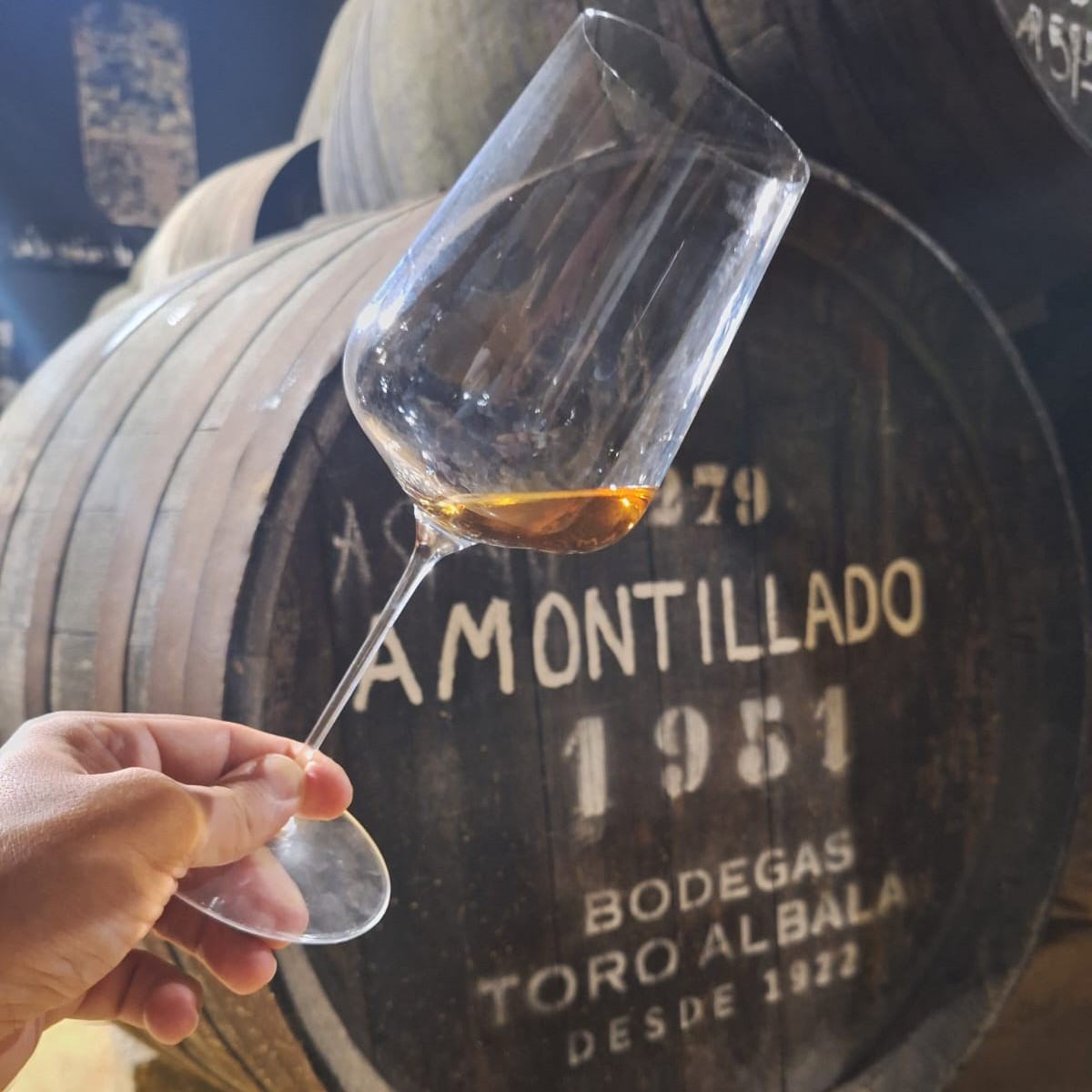




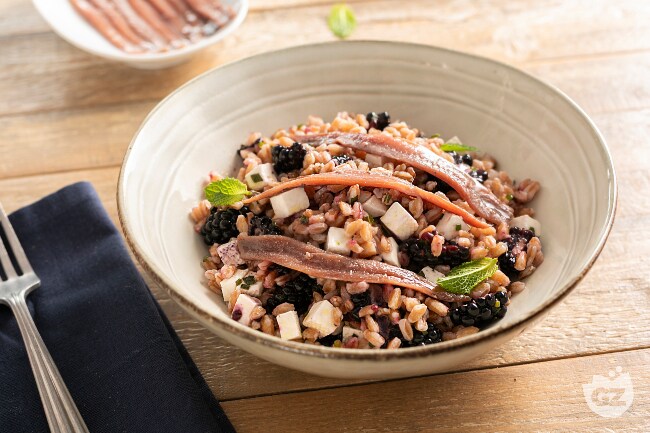

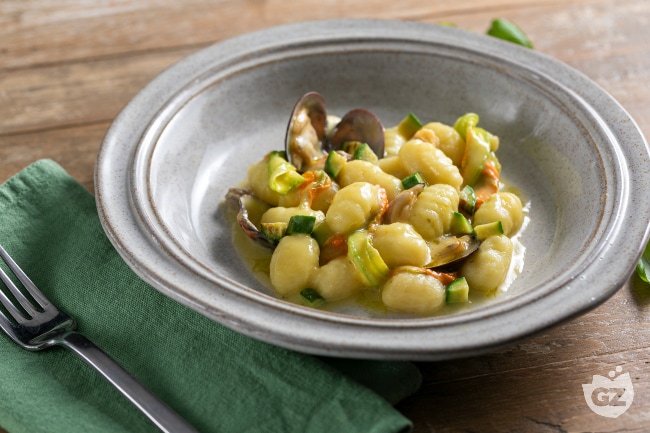
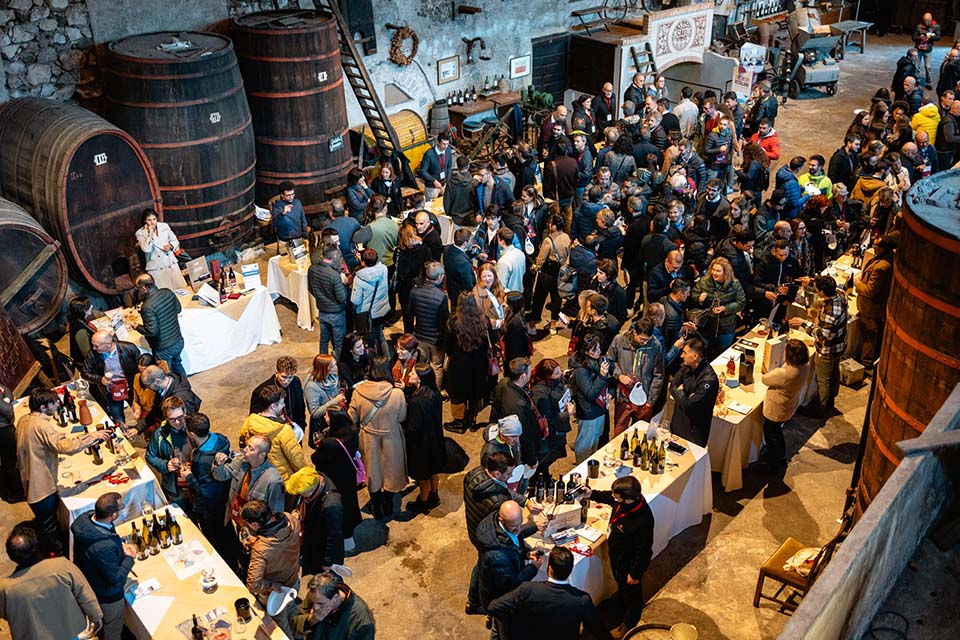
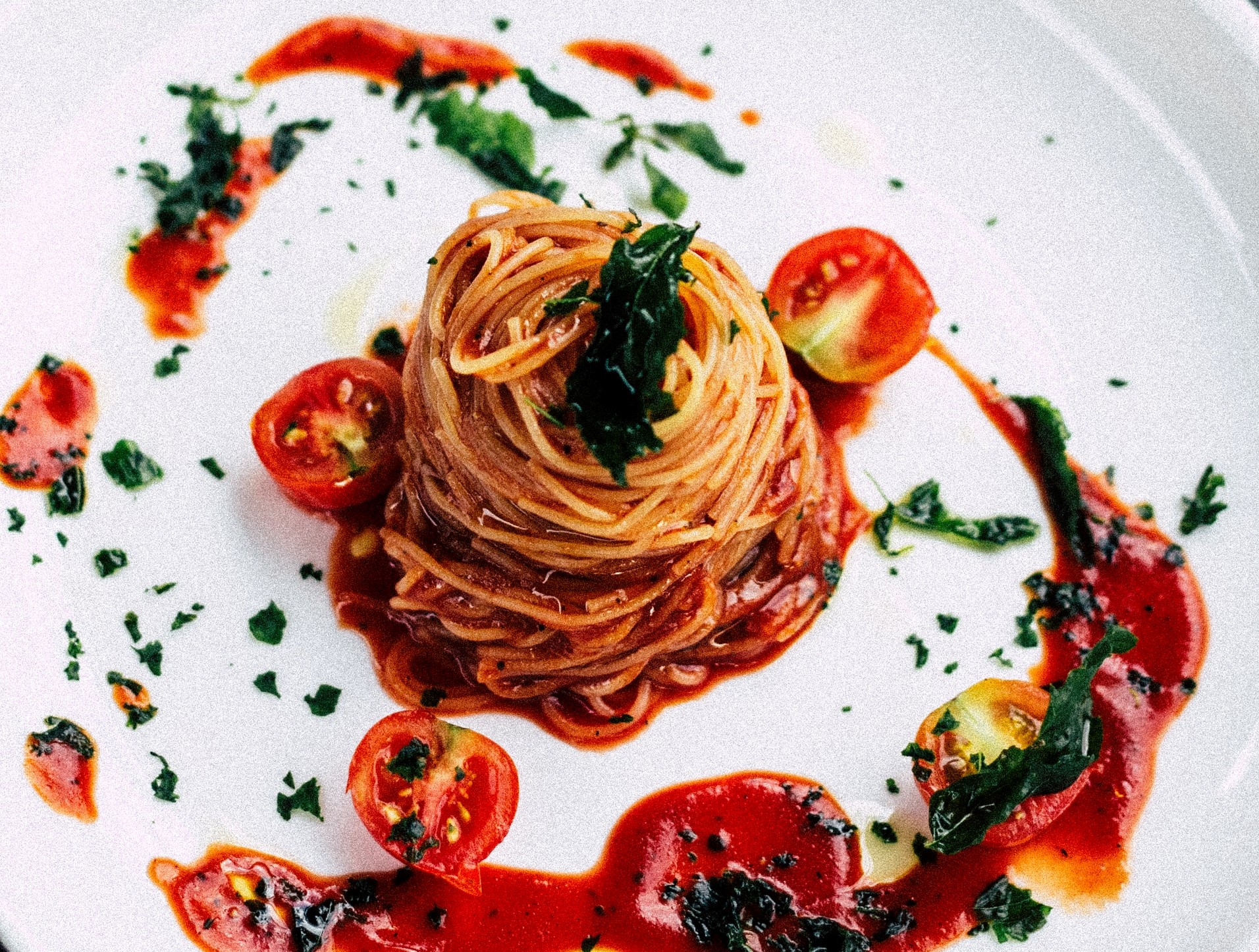

![Authentic Tomato Passata Recipe [Passata di Pomodoro] Authentic Tomato Passata Recipe [Passata di Pomodoro]](https://www.nonnabox.com/wp-content/uploads/2024/01/passata-vertical-3-nonna-box.jpg)
